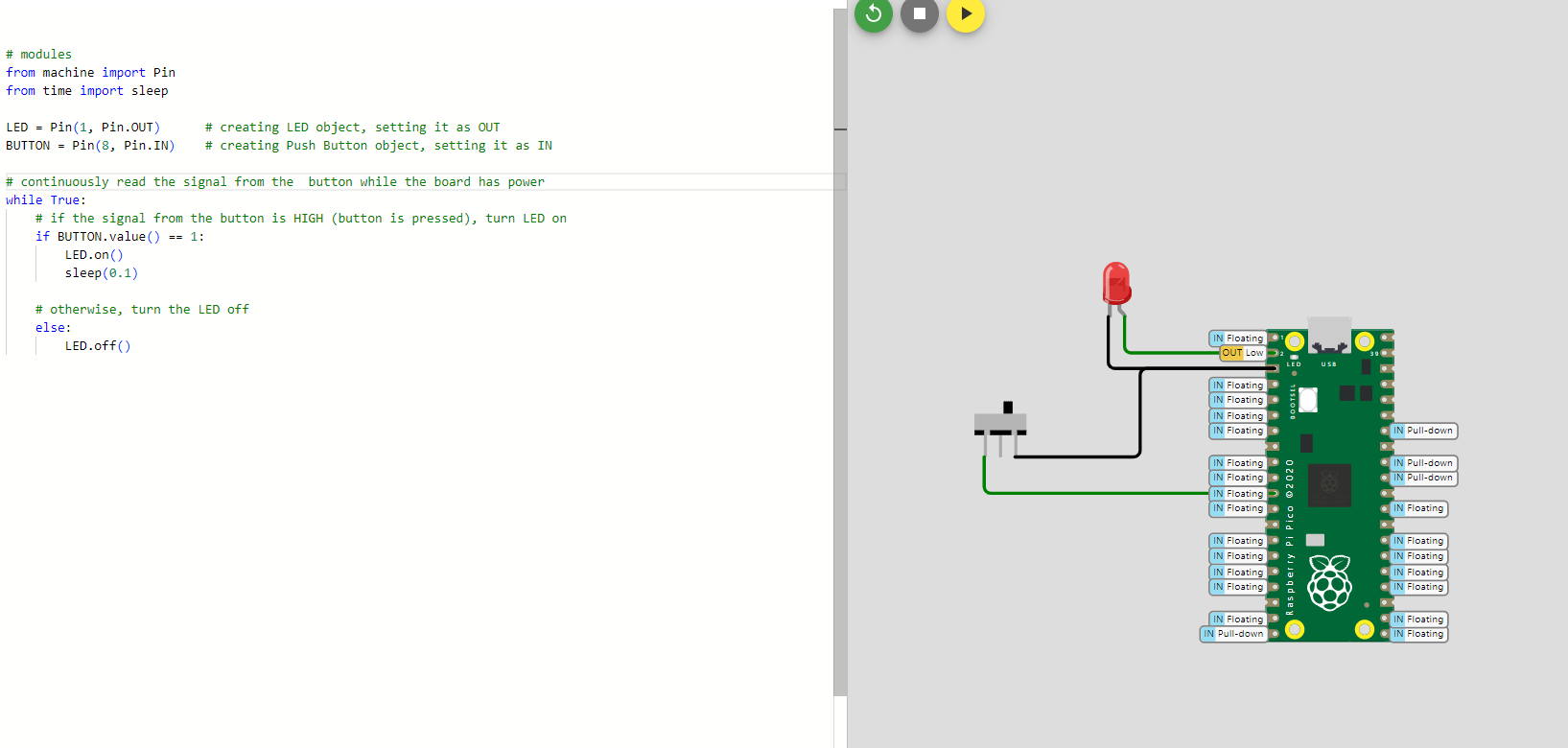General set up
Programming of the Raspberry Pi
Computing devices and microcontrolers such as the Raspberry Pi, Raspberry Pi Pico, Raspberry Pi Zero, Arduino can be used for a wide range of projects, from simple DIY electronics to advanced IoT (Internet of Things)1 applications. In this introduction, we’ll explore the basics of configuring these devices and getting started with your projects.
Depending on the device you’re using, you’ll need to install the appropriate software. The Raspberry Pi series of single-board computers (including Raspberry Pi Zero) runs on an operating system, such as Raspberry Pi OS (formerly known as Raspbian), Ubuntu, or other compatible Linux distributions. Raspberry Pi OS is the official operating system provided by the Raspberry Pi Foundation and is optimized for Raspberry Pi hardware. To effectively use them, install the RPI imager 2 and then flash the operating system like onto a MicroSD card. For Arduino, you’ll need to download and install the Arduino IDE on your computer.

Installing an opersating system (OS)
The Raspberry Pi Zero doesn’t come with any operating system on it. It requires an OS to boot and function, just like a blank computer without a hard drive wouldn’t do anything when turned on. The Raspberry Pi Zero uses a microSD card as its main storage device. Flashing an OS to the card installs the software that tells the Pi how to start up and what to do — just like installing Windows, macOS, or Linux on a computer’s hard drive. To install an OS on the pi, the simplest way is to use the Raspberry Pi imager. Depending on what you want to do, there are different OS versions depending on version, performance, size on disk, interface, and hardware support. If you have already an image saved somewhere, or an operable SD card, you can also just clone it, e.g. using Balena Etcher
In terms of programming languages, Python is often used for Raspberry Pi; MicroPython for Raspberry Pi Pico and C/C++ for Arduino. It makes probably sense to use an integrated development environment (IDE) such as Juypiter, VisualStudioCode or PyCharm, which provide advanced code editing features such as syntax highlighting, code completion, and often have built-in support for version control systems like Git.
-
the network of physical objects or “things” embedded with sensors, software, and other technologies that enable them to connect and exchange data with other devices and systems over the internet. ↩
